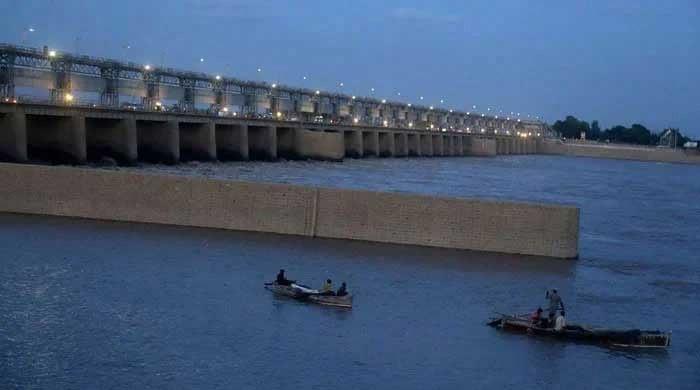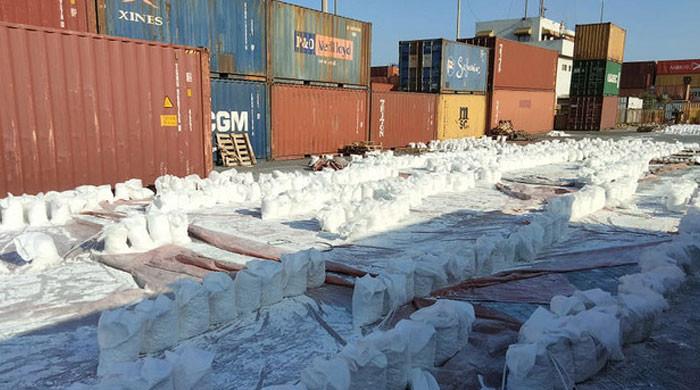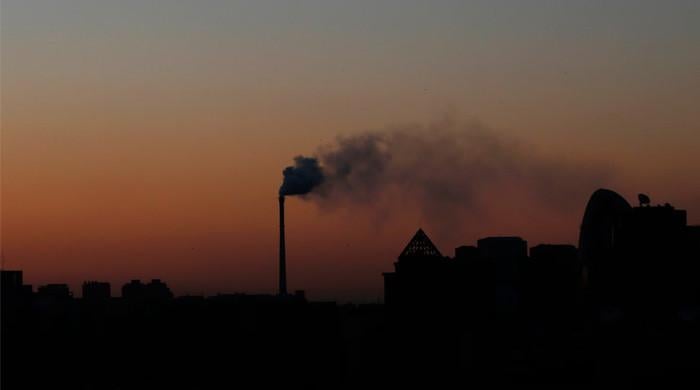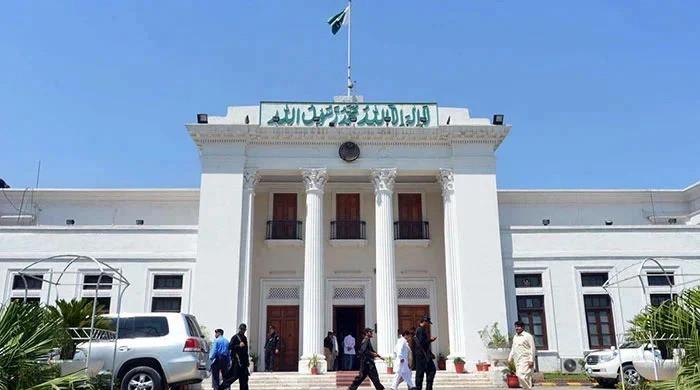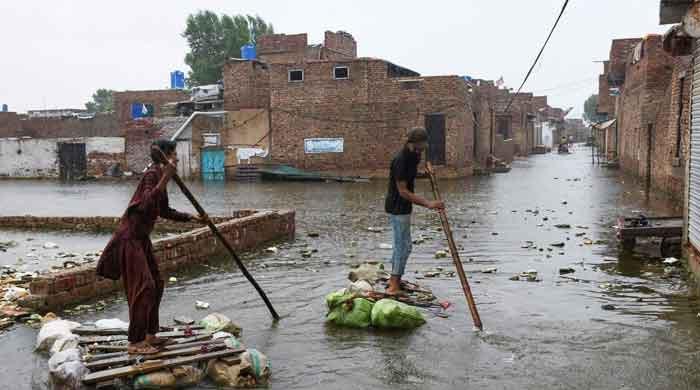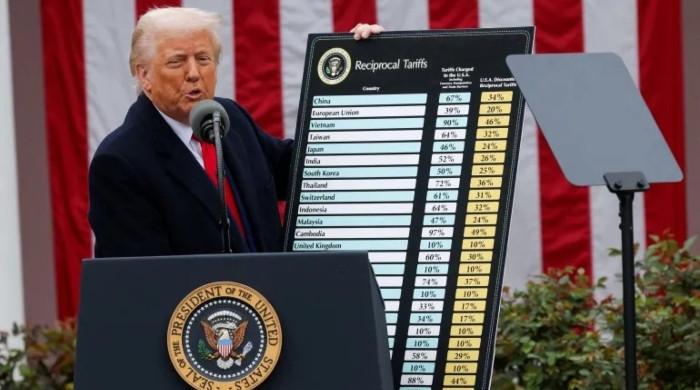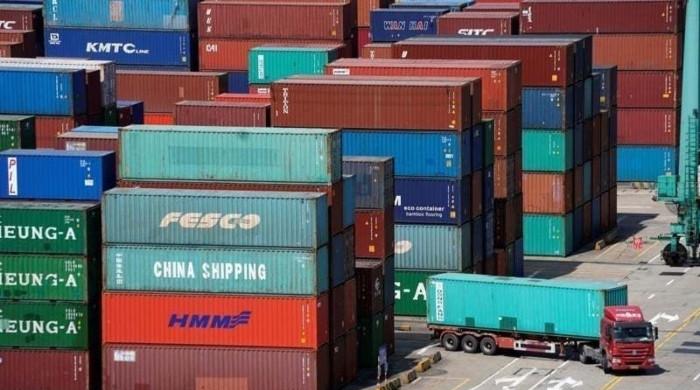Can Green Alliance make Pakistan truly green?
For the last two years, Pakistan and the United States of America have entered into a Green Alliance
February 05, 2024
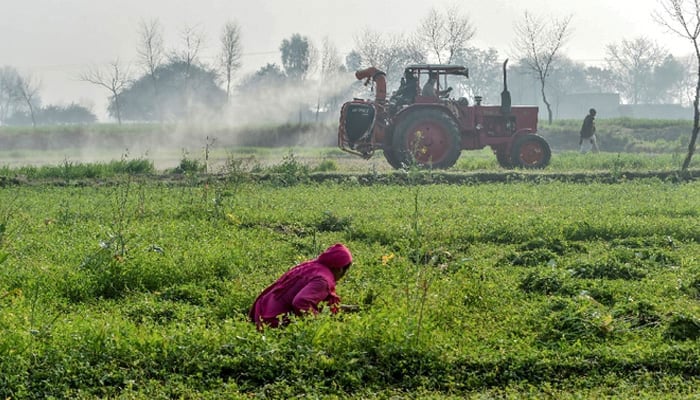
For the last two years, Pakistan and the United States of America have entered into a Green Alliance. Can this relationship make Pakistan truly green?
And how about Chinese efforts? President Xi also wants to transform Belt and Road Initiative into ‘BRI International Green Development Coalition’. Is Islamabad ready to join this coalition to the letter and spirit?
Let’s first discuss U.S. Pakistan Green Alliance-a brainchild of Donald Blome, the U.S. Ambassador to Pakistan since April, 2002.
A few months after taking charge of office, Ambassador Donald Blome had taken upon himself to help Pakistan turn its economy green.
While participating in tree planting drive, to develop an urban forest in Quetta, Donald Blome said that, ‘Every nation faces the threat of climate change. So, we’re working with diverse partners to increase Pakistan’s resilience to climate change through a Green Alliance.’
It’s a huge task as the country continues to rank in the 10 most vulnerable nations on the Climate Risk Index. Moreover, this bold statement was made at a time when parts of Pakistan were still under unprecedented flood water.
The 2002 floods were deadliest calamity that had claimed at least 1700 lives and affected three million people in all four provinces.
The torrential rains followed by those floods were the direct result of climate crisis. Within days, at least 2 million homes were destroyed, leaving approximately 8 million people homeless.
Ready crops and orchards were washed away. Roads, railway tracks and even bridges were decimated. A country already burdened with $125 billion debts immediately needed $16 billion for reconstruction.
The political fallout of the flood will be witnessed on 8 February as these are the first general elections after the disaster.
In order to cope such calamities and climate crisis in general, Pakistan needs a green revolution. Hence, U.S. Pakistan Green Alliance is a first step toward that momentous task as its focuses on clean energy, better water management and agriculture.
Clean Energy & Water Management
For any country, transformation from fossil fuel to renewable energy is a big challenge. However, Jhimpir power plant in Sind is a testament of how Pakistan can gradually opt for clean energy solutions.
A number of countries including USA, Canada, France, Denmark and Sweden has joined Pakistan to achieve this common goal of saving the planet. As a result, Hawa Energy Limited wind power plant now contributes renewable energy to national grid. Its 50 Megawatts of electricity has the capacity to power plus 10,000 homes.
USAID and U.S. International Development Finance Corporation has significantly contributed to this project. Additionally, USAID has funded power transmission infrastructure to transmit 780 Megawatts of wind power to national grid.
As ambassador Blome said that, ‘Every nation faces the threat of climate change. So, we’re working with diverse partners to increase Pakistan’s resilience to climate change through a Green Alliance.’
This framework has also contributed in upgrading Mangla Dam Hydro Power Station. The $150 million project has remarkably increased power generation capacity of this facility.
Located on the Jhelum River, Mangla Dam itself was built with the funding provided by the Asian Development Bank and the World Bank. Constructed in 1967, it is the twelfth largest dam in the world.
Had Pakistan continued to build such dams, the country wouldn’t have suffered such water shortages. At the same time, new dams could also mitigate the catastrophic effects of flooding and increase energy sources. After all, one third of Pakistan’s energy is produced from hydropower.
However, some steps are being taken in the last few years. In order to increase the capability, refurbished hydroelectric power plants and modern generators are being installed.
In the name of Recharge Pakistan, the country has also recently secured $77.8 million in grants from the United States of America, the Green Climate Fund, the Wildlife Fund and the Coca-Cola Foundation to finance green infrastructure and enhance water systems.
This will prevent water shortages and expand agricultural productivity in one of the most water-stressed country. It will also lead to an ecosystem-based green infrastructure.
Climate Smart Agriculture
For a country like Pakistan where almost 95% water is utilized for agriculture and 80% exports depend on agronomy, climate smartness is a necessity.
In this regard, U.S. Department of Agriculture is funding $20.9 million on a range of programs. According to Ambassador Blome, 63,000 farmers are trained for good agricultural practices and high-efficiency drip irrigation systems are also being established.
Both countries are also working to grow new crop varieties, use innovative ways of planting, develop biopesticides and concluding ‘a regulatory framework to allow the marketing of eco-friendly crop protection products.’
In his keynote speech at Johns Hopkins, Pakistan’s ambassador to Washington Masood Khan said that, ‘This would provide an umbrella for our cooperation to develop weather-resistant hybrid seeds and promote linkages between our agricultural universities and research in GMOs, genetic engineering and biotechnology.’
Last year, a 4-years program ‘Fertilizer Right’ was also launched as part of the Green Alliance. This $4.5 million initiative has the potential to lower nitrous oxide emission, less cost for farmers and increase crop production.
This effort can be supported by developing climate smart farms and utilizing the potential of digital technology. This year a number of Pakistanis are visiting the United States under International Visitor Leader Programs to learn such technologies and enhance preparedness for calamities.
According to Ambassador Blome, ‘We will continue to promote sustainable agricultural practices, improve productivity, and reduce the environmental footprint of the agricultural sector-including effective water management, efficient fertilizer, smart irrigation, methane abatement, and other 21st century tools, techniques, and technology.’
Efforts are also being taken to convert cattle waste into biomethane- a renewable natural gas that can be used as a vehicle fuel or for power generation purposes.
Reducing carbon emission in the port, shipping and logistics are also being worked out to meet Green Shipping Challenge. Co-hosting the second shipping roundtable in Karachi, U.S. Deputy Chief of Mission Andrew Schofer termed it, ‘A testament to our commitment to a sustainable and climate-resilient future.’
BRI International Green Coalition
China on its part is also promoting green development. In his address at the third Belt and Road Forum, President Xi said that, ‘China will continue to deepen cooperation in areas such as green infrastructure, green energy and green transportation, and step-up support for the BRI International Green Development Coalition.’
The question is how this interplay of people and smart technology can be achieved? Oxford-graduated Dr. Emilie Parry says that, ‘Nature based solutions can be about conservation, protection, and regeneration of ecosystems and food systems-including food forests, agro-ecology and various forms of indigenous agriculture and permaculture (inspired by indigenous food and ecological systems care).
She emphasizes that these nature-based solutions should be included in any forward planning for US-Pakistan Green Alliance. To her, ‘This will ensure an appropriateness and support a greater sustainability within any localized and national plans in Pakistan as it has already taken a stronger foothold in international governmental agencies, across Asia, the Indo-Pacific, the US and Europe.’
No doubt, protected ecosystems and healthy forest minimize the impact of flooding, clean energy improves environment and climate smart agriculture yield better crops. Yet, some country specific formula must also be applied to reap the true benefits.
In our case, joining Green Alliance and BRI International Green Coalition can only become advantageous if we also show sincerity of purpose, prioritize reforms, educate population, make them civilized and uproot corruption.




